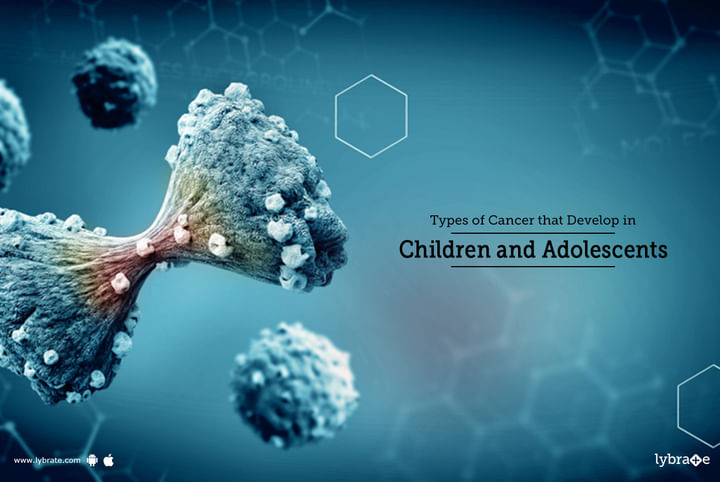Types of Cancer that Develop in Children and Adolescents
The types of cancers found in children differ from those that affect adults. In the case of children, environmental and lifestyle reasons are not the major risk factors. The main cause of cancer in children is a genetic mutation – a permanent alteration in the DNA – that occurs early on in life.
Childhood cancer can sometimes be hard to identify because common ailments, everyday bruises and bumps often hide the initial warning signs. This is why you should be familiar with the most common types of childhood cancer and its symptoms.
Types of childhood cancer – Watch out for these signs!
Acute Lymphoblastic Leukaemia
In this type of cancer, immature lymphocytes are produced in excess by the bone marrow. Acute Lymphoblastic Leukaemia accounts for nearly 30% of all cancers in children. It typically occurs in kids between the age of 2 to 4.
Symptoms –
- Fatigue and weakness
- Pain in the bones and joints
- Weight loss
- Bleeding
- High fever
Brain Tumour
Brain tumour refer to the abnormal growth of cancerous cells in the brain, usually in the lower parts – brain stem or cerebellum. This type of cancer accounts for about 26% of all cancers in kids, making it the second most common type of childhood cancer.
Symptoms –
- Dizziness
- Headaches
- Frequent vomiting
- Vision/speech/hearing problems
Neuroblastoma
Neuroblastoma results from immature nerve cells found in a developing fetus. Children below the age of 5 are usually diagnosed with neuroblastoma. The tumour typically originates in or around the adrenal glands and may spread to other organs eventually.
Symptoms –
- Changes in eyes – droopy eyelids, dark circles, bulging eyes
- Elevated blood pressure
- Diarrhoea
- Inability to walk
Wilms’ Tumour
This type of cancer develops in the kidneys. It may affect one or both kidneys. Children between the age of 3 to 4 are most likely to be affected by Wilms’ tumour.
Symptoms –
- A lump in the belly
- Swelling and pain
- Poor appetite
- Nausea
Lymphoma
Lymphoma or lymphatic cancer begins in the infection-fighting cells of your immune system, known as lymphocytes. These cells are found in the spleen, lymph nodes, bone marrow, thymus, and other body parts. When you develop lymphoma, the cells (lymphocytes) undergo changes and grow uncontrollably.
Symptoms –
- Swollen lymph nodes in the groin, armpit or neck
- Unintentional weight loss
- Fever
- Sweating
- Weakness
- Recognizing the above symptoms in your child can help diagnose the disease in its initial stage.
Cancer has been one of the leading causes of death in kids younger than 15 years of age. However, with advanced treatment – chemotherapy, radiotherapy, and immunotherapy – many children with cancer are now able to survive longer.


+1.svg)
